Cleaning Tips to Remove Excess Pet Hair
Cleaning Tips to Remove Excess Pet Hair
Pets bring joy and companionship to our lives, but they also bring an extra challenge when it comes to cleaning. One of the most common cleaning issues pet owners face is dealing with excess pet hair. The shedding of fur can leave our homes looking messy and can be a hassle to clean. In this blog post, we will explore some useful tips and techniques to effectively remove pet hair from our living spaces.
1. Regular Brushing
One of the most effective ways to prevent excessive pet hair from accumulating in your home is by regularly brushing your furry friend. Brushing your pet’s fur helps to remove loose hairs and prevents them from shedding all over your furniture and floors. Make sure to choose the appropriate brush for your pet’s coat type and follow a consistent brushing routine to keep their shedding under control.
2. Use a Lint Roller
Lint rollers are a handy tool for quickly removing pet hair from fabric surfaces such as clothing, upholstery, and curtains. Simply roll the adhesive surface over the area with pet hair, and the sticky surface will pick up the hair. Keep a lint roller handy in various areas of your home, especially in rooms frequented by your pet, for easy and quick hair removal.
3. Vacuum with Special Attachments
Vacuuming is a must when it comes to removing pet hair from carpets, rugs, and hard floors. However, using a regular vacuum cleaner may not be enough to tackle stubborn pet hair. Invest in a vacuum with special attachments designed specifically for pet hair removal, such as a motorized brush or a pet hair attachment. These attachments provide more suction power and effectively capture the hair from various surfaces.
4. Use Rubber Gloves
An unconventional but surprisingly effective method for removing pet hair from upholstery and fabric surfaces is using rubber gloves. Simply put on a pair of rubber gloves and lightly dampen them with water. Then, run your hands over the surface in a sweeping motion. The static from the gloves will attract and pick up the pet hair, making it easier to remove. Rinse off the gloves as needed and continue until all the hair is removed.
5. Utilize Static Electricity
Static electricity can be your ally when it comes to removing pet hair. Instead of using a dry mop or broom to clean your hard floors, opt for a slightly damp mop or microfiber cloth. The dampness will help to create static electricity, making it easier to attract and collect the pet hair. This method is especially effective on smooth surfaces like tile or hardwood floors.
6. Wash Pet Bedding and Linens
Pet bedding and linens can be a breeding ground for pet hair. Make sure to regularly launder your pet’s bedding and any blankets or linens they come into contact with. Use a pet-friendly detergent and wash them on a high-temperature setting to effectively remove any trapped hair. Additionally, consider using a tumble dryer with a fabric softener sheet to loosen the hair before washing.
7. Prevention and Maintenance
Prevention is key to dealing with excess pet hair. Regular grooming, such as bathing and proper nutrition, can help reduce shedding. Additionally, consider designating certain areas in your home as pet-free zones to minimize hair accumulation. Use throw blankets or covers on furniture where your pets enjoy lounging to easily remove individualized hair.
Conclusion
Dealing with excess pet hair doesn’t have to be a constant struggle. By incorporating these cleaning tips into your routine, you can effectively remove pet hair from your home and keep it looking clean and hair-free. Remember to brush your pet regularly, utilize tools like lint rollers and vacuum cleaners with special attachments, and make use of static electricity to make pet hair removal a breeze. With a little effort and consistency, you can easily maintain a tidy living space while still enjoying the companionship of your beloved furry friends.
Need an extra pair of hands cleaning your home? Let us help! Contact us today to learn more about what we can do for you!
Categorised in: Cleaning Tips

